A brief history of the Australian Library of Art
By Anna Thurgood, Engagement Officer, State Library of Queensland | 23 April 2021
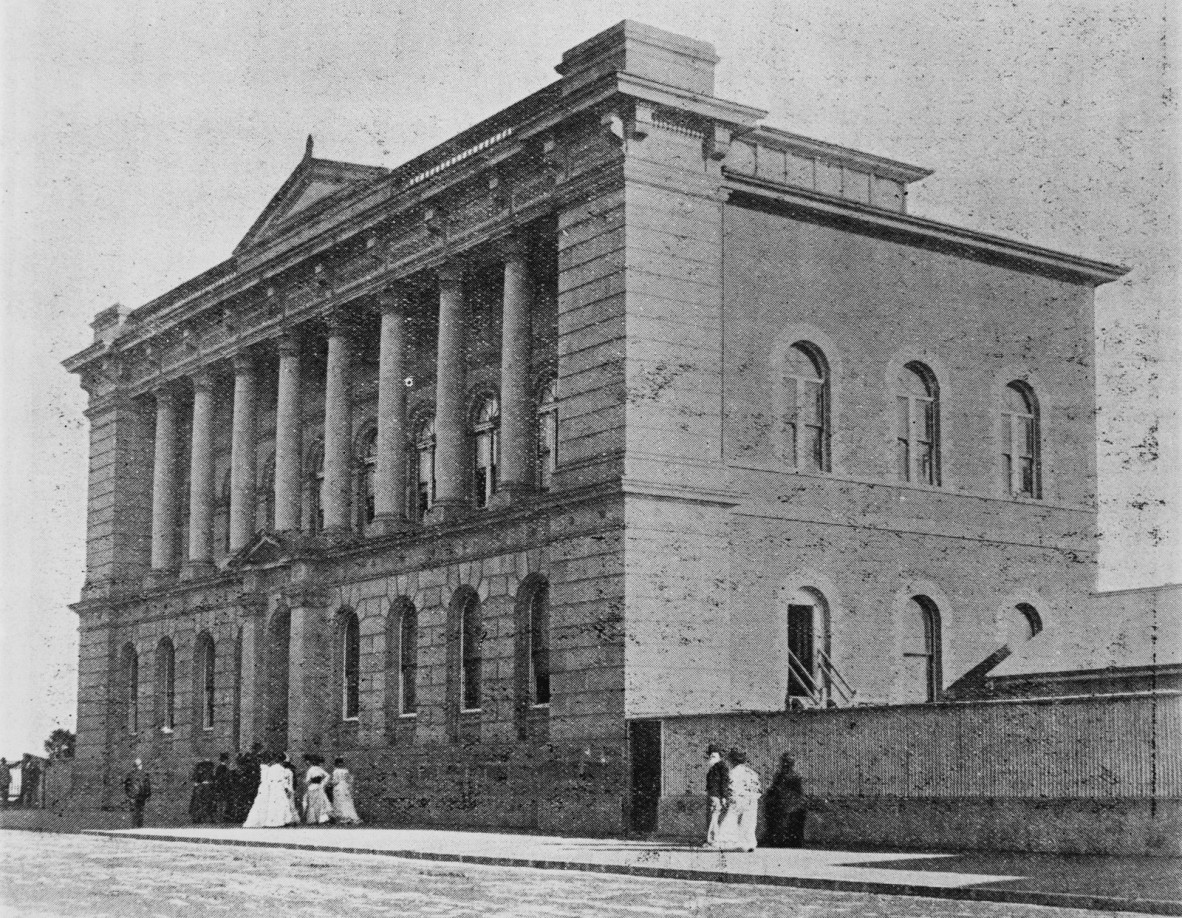
State Library of Queensland building on William Street, Brisbane, c.1902. Negative no. 16388. John Oxley Library, State Library of Queensland.
Libraries change over time as they develop and grow and State Library of Queensland is no exception. Established in 1896 as the Brisbane Public Library, it soon changed its name to the Public Library of Queensland in 1898 before finally becoming the State Library of Queensland in 1971. Its William Street home was expanded and renovated on at least two occasions to accommodate growing collections and services during the almost 90 years the Library occupied the building. Moving to its new location in the Queensland Cultural Centre in 1988, this building too has undergone a major redevelopment, effectively doubling its size as collections and the diverse array of services continued to grow and expand.
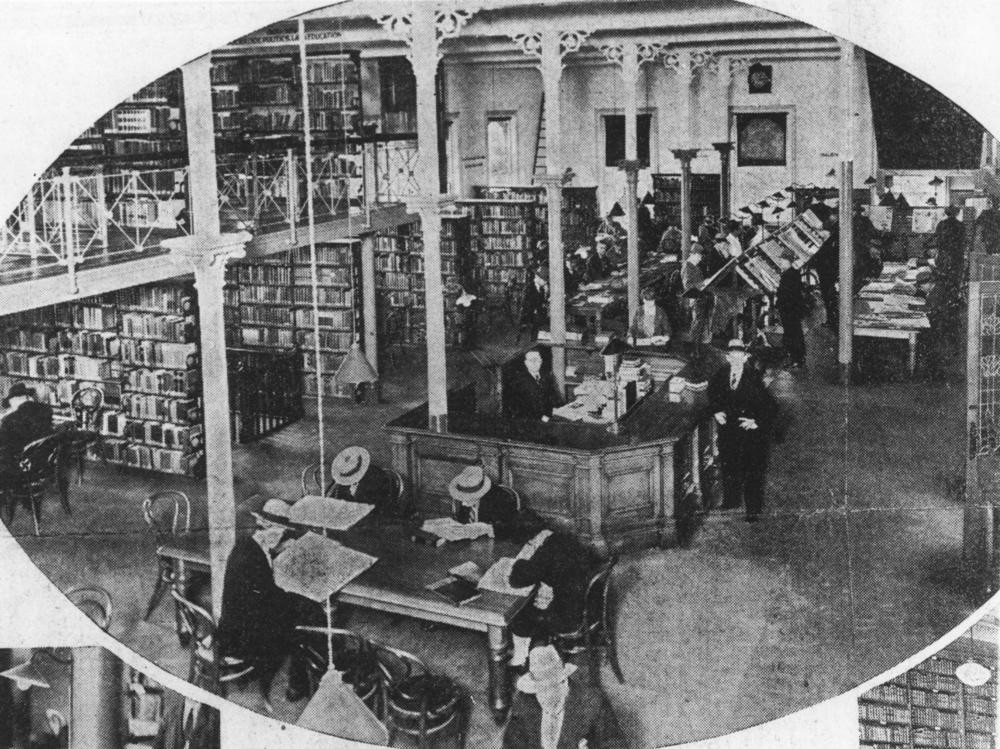
Reading room at the John Oxley Library, Brisbane, 1934. Negative no. 12994. John Oxley Library, State Library of Queensland.
As libraries evolve their structures and collections develop and change, reflecting not only societal shifts but also the people working within their walls. The first State Librarian James Stapleton oversaw the expansion of the Library’s services into regional Queensland, advocated for a new building and championed free library services for all during his 23 year tenure from his appointment in 1947. Collections grew rapidly and a Rare Books collection was formed in 1963 creating the foundation for the Arts and Rare Books Unit, which was later renamed the Arts Unit.
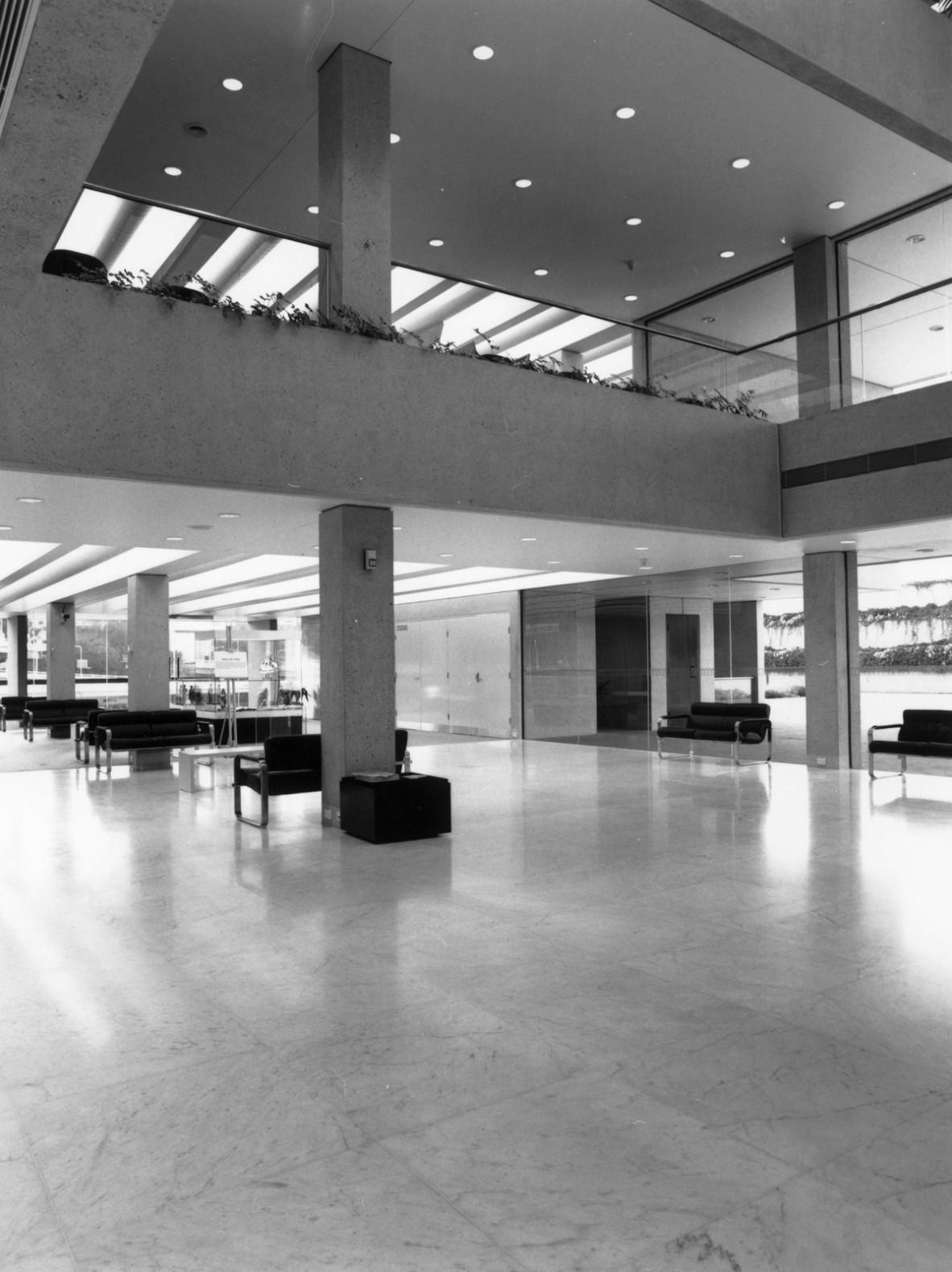
Level two foyer of the State Library of Queensland, South Brisbane, 1990. Negative no. 54203. John Oxley Library, State Library of Queensland.
1988 was a landmark year for the State Library. It moved into its new premises at Southbank, the final stage of the multimillion dollar Queensland Cultural Centre development on the southern bank of the Brisbane River. The state government passed the Libraries and Archives Act 1988, formally separating the functions of the Library and the Queensland State Archives, cementing the future of both institutions. 1988 was also the year one of the largest donations ever made to a public library was gifted to State Library by James Hardie Industries. The meticulously developed and hugely significant Australian Library of Fine Art was given as a bicentennial gift to the nation.
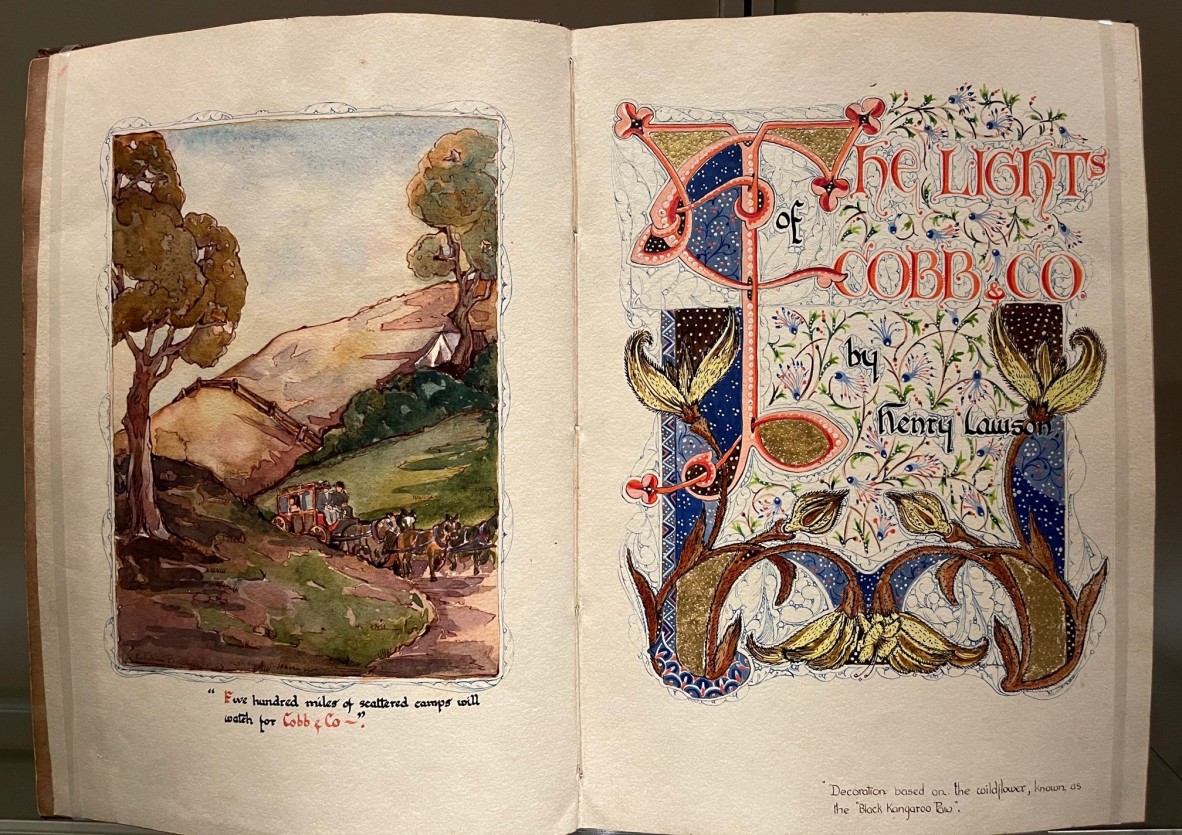
The Lights of Cobb & Co and The Teams, written by Henry Lawson; illuminated and illustrated by Ella Lilian Pedersen, 1943. Call no. RBHMON PED. Australian Library of Art, State Library of Queensland.
This collection became the James Hardie Library of Australian Fine Arts, and was part of the Arts and Rare Books Unit at State Library. The unit also had responsibility for the History and Art of the Book Collection, which collected rare and fine books reflecting the art, craft, history and impact of the book, and the Eber Bunker Maritime Collection. In the 1990s the Arts and Rare Books unit received a significant donation from businessman, art collector and philanthropist Pat Corrigan, who gifted a major collection of correspondence, papers and published material belonging to the Lindsay family of artists and writers, including Norman, Lionel, Daryl, Percy and their sister Ruby. It was such a sizeable and significant collection it was given its own name: the Lindsay Collection of Pat Corrigan.
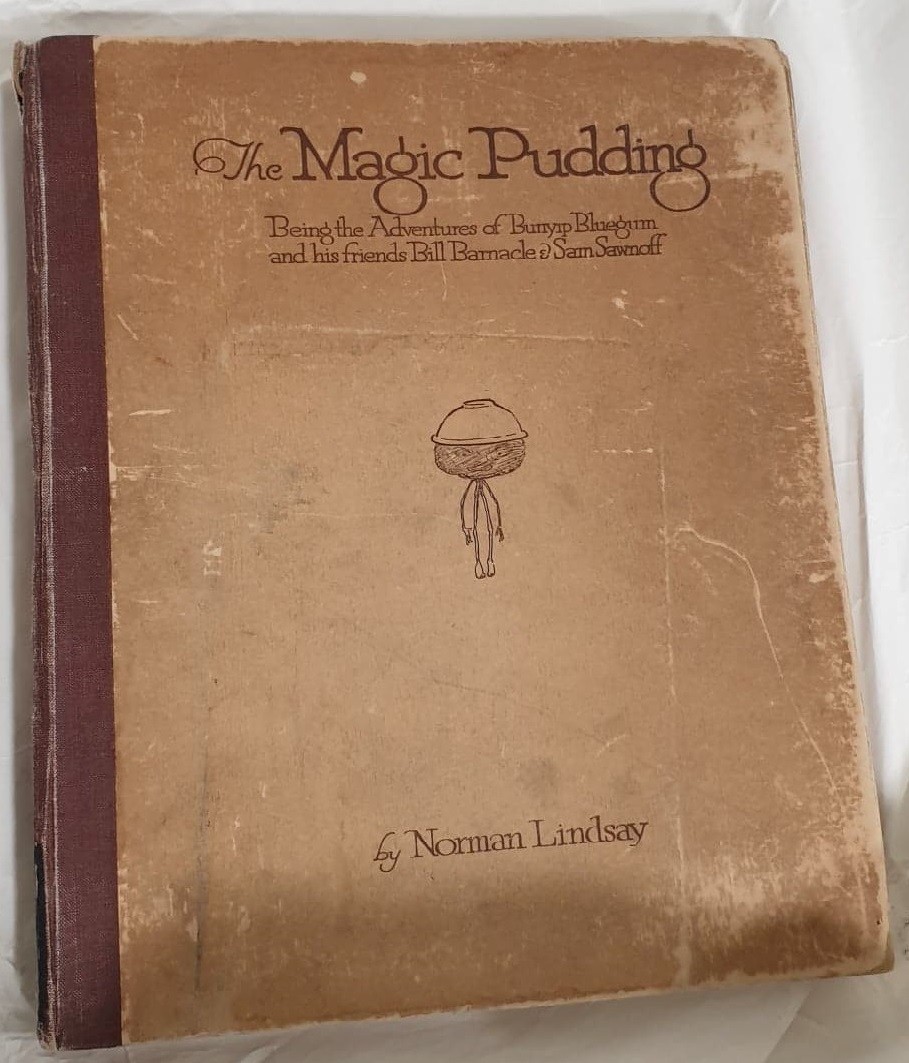
The Magic Pudding: being the adventures of Bunyip Bluegum and his friends Bill Barnacle and Sam Sawnoff, c.1918. Written and illustrated by Norman Lindsay. Call no. RBHMON LIN. Australian Library of Art, State Library of Queensland.
The Australian Library of Art was created when the Arts and Rare Books Unit was dissolved during an organisational restructure in 2004. This new unit was comprised of the James Hardie Library of Australian Fine Arts, the History and Art of the Book Collection and the Lindsay Collection of Pat Corrigan. The Eber Bunker Maritime Collection, a collection of stories and material related to whaling in southern waters named after the ‘father of Australian whaling’ Eber Bunker, was moved to the John Oxley Library.
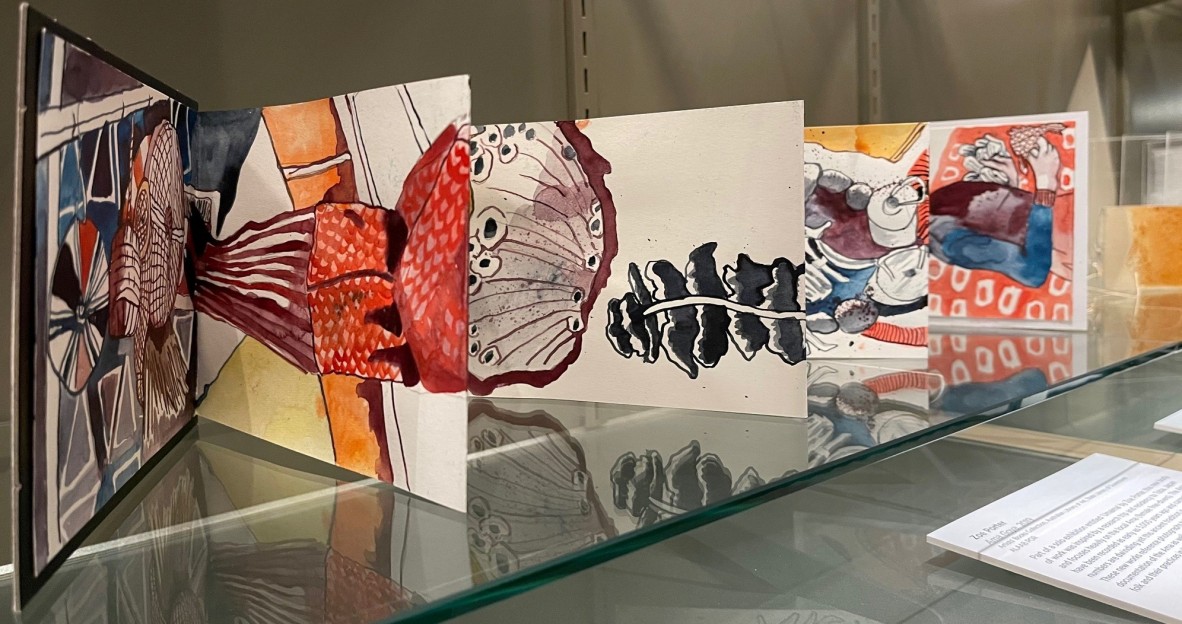
Ama goya, 2019. Zoe Porter. Call no. ALAAB POR. Australian Library of Art, State Library of Queensland.
Artists’ books, which had been part of the James Hardie donation, were widely collected by State Library during this period. With their foundation in luxe private press publishing, and their connection to text and the book form, they were a perfect fit. Australian artists’ books were accessioned into the James Hardie Library of Fine Arts (now known as the Australian Art Research Collection), while international works became part of the History and Art of the Book Collection. Sometime after 2004, they were moved into a standalone collection, becoming the fourth component of the Australian Library of Art. With over 1,700 works in today’s Artists’ Books Collection it is now the largest publicly available collection of its kind anywhere in Australia.
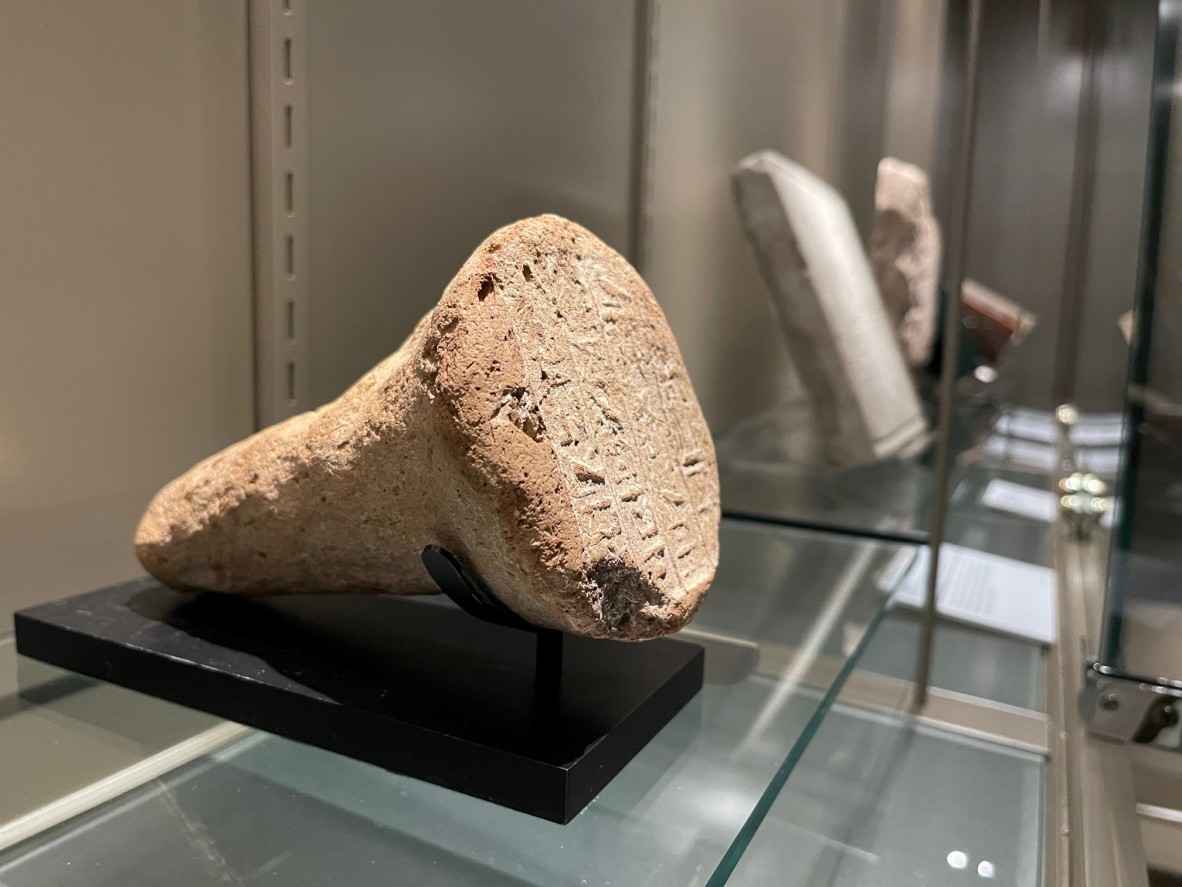
Egyptian funerary cone, 1st century B.C.E., installed in the Australian Library of Art Showcase, 2021.
When State Library’s building was redeveloped, the Australian Library of Art Showcase on level 4 was designated to highlight works of significance from the four component collections of the Australian Library of Art. The Showcase was recently reimagined with new content from each of the collections and a space for changing temporary displays, providing a wonderful opportunity to explore significant and rarely seen treasures from these extraordinary collections.
Curator’s tours, with an added mini ‘white gloves experience’ will be running monthly. Spaces are limited due to current COVID-19 restrictions, but can be booked here.
Find out more about the history of State Library of Queensland here.
Comments
Your email address will not be published.
We welcome relevant, respectful comments.